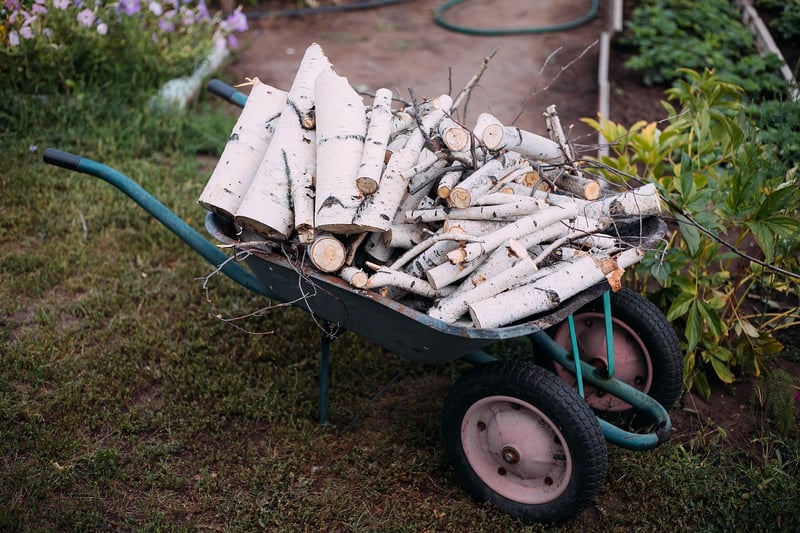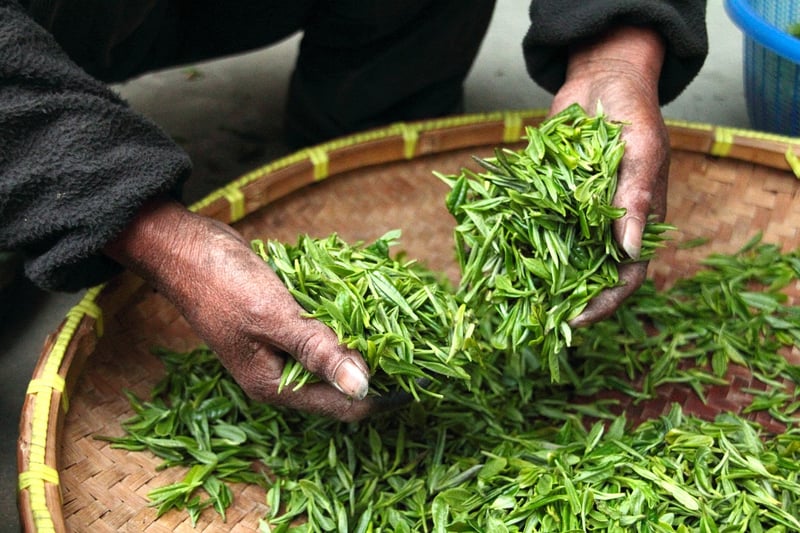Autumn Harvesting
Adapting Your Garden to Seasonal Changes for a Bountiful Autumn Harvest

Introduction
As the seasons change, so do the needs of your garden. Adapting to these changes is crucial for maintaining a healthy garden and ensuring a bountiful autumn harvest. In this guide, we will explore how you can prepare your garden for the autumn season and maximize your harvest.
Preparing Your Garden for Autumn
1. Clean Up: Remove any dead plants, weeds, and debris from your garden to prevent pests and diseases from taking hold.
2. Mulch: Apply a layer of mulch to protect your plants' roots from the colder temperatures and retain moisture in the soil.
3. Plant Cover Crops: Sow cover crops like clover or rye to improve soil fertility and prevent erosion during the winter months.
Choosing Autumn Crops
1. Root Vegetables: Carrots, beets, and radishes thrive in the cooler temperatures of autumn and can be harvested well into the season.
2. Leafy Greens: Lettuce, kale, and spinach are cold-hardy crops that will continue to grow even as the days get shorter.
3. Brassicas: Cabbage, broccoli, and Brussels sprouts are excellent choices for autumn planting, as they benefit from the cooler weather.
Harvesting Tips
1. Timing: Harvest your crops in the morning for the best flavor and nutritional value.
2. Storage: Store root vegetables in a cool, dark place to extend their shelf life, and blanch and freeze excess produce for later use.
3. Enjoy: Embrace the flavors of autumn by incorporating your freshly harvested produce into hearty soups, stews, and roasts.
Conclusion
By adapting your garden to seasonal changes and selecting the right crops for autumn, you can enjoy a rich harvest of fresh, homegrown produce. Follow these tips to make the most of your garden this autumn and savor the rewards of your hard work.
Start preparing your garden today for a vibrant autumn harvest!
